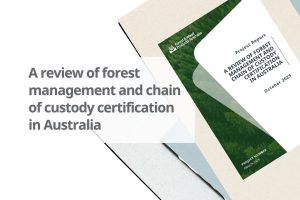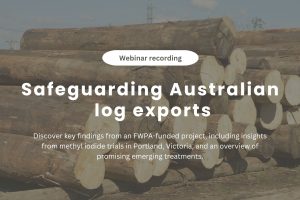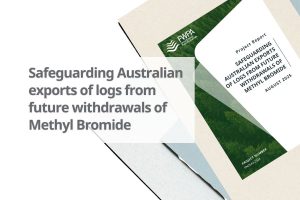For many years, Dr Christine Stone of the NSW Department of Primary Industries has been leading research projects around the use of remote platforms equipped with various types of sensor to capture high resolution data that will aid forest management.
The technology has become operational in plantation forestry in support of research assessment and planning and detection of animal habitats. It has even provided the remotely acquired data needed to create virtual reality (VR) forest environments that are useful for a number of purposes.
A new FWPA-funded collaborative project will now allow Dr Stone to investigate the potential for data captured by airborne and terrestrial LiDAR sensors in native forests.
Light Detection and Ranging (LiDAR) is a remote sensing method that uses light in the form of a pulsed laser to measure distances, before creating 3D representations of certain structures.
“This technology has been developing exponentially in recent years. We now have sensors that can capture not just data that’s useful for estimating stand volume, but that can actually drill down further and provide measurements relating to individual trees,” said Stone.
“We can also attach LiDAR sensors to different types of remote platform. Drones that could at one time only be flown above the canopy can now go deeper into the forest, thanks to collision avoidance software. We can even access LiDAR data captured by satellite-based technology such as the Global Ecosystem Dynamics Investigation or ‘GEDI’ sensor on board the International Space Station!”
This latest proof-of-concept project will investigate methods that can link data captured on the ground via terrestrial mobile laser scanning (MLS) with data from airborne laser scanners and the satellite GEDI sensor, for the purpose of characterising the complex structure of Australia’s moist eucalypt forests.
This structural information has the potential to be used to inform areas of operation including the monitoring of changes in stand structure, species habitat modelling, stand and tree-level inventory, and fuel load modelling for the prediction of bushfire behavior, suppression planning, recovery and regeneration.
“We want to see how these data sets rate against one another, how transferable they are, and how well they can create vertical and horizontal profiles of vegetation from the native forest floor, all the way up to the canopy. We also want to get an idea of its affordability,” said Stone.
This work will be ongoing for the next 13 months, with updates set to be shared in future editions.



